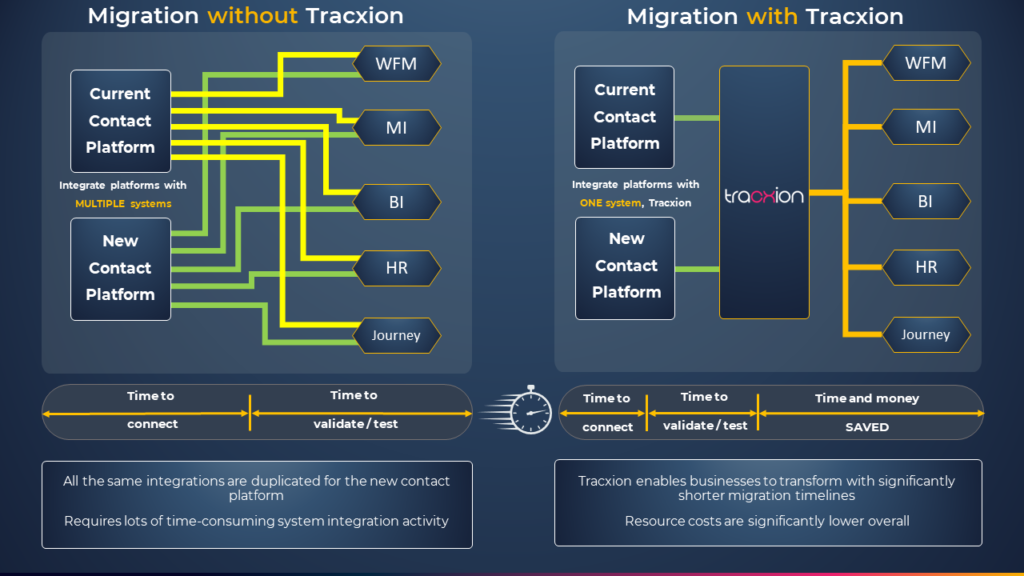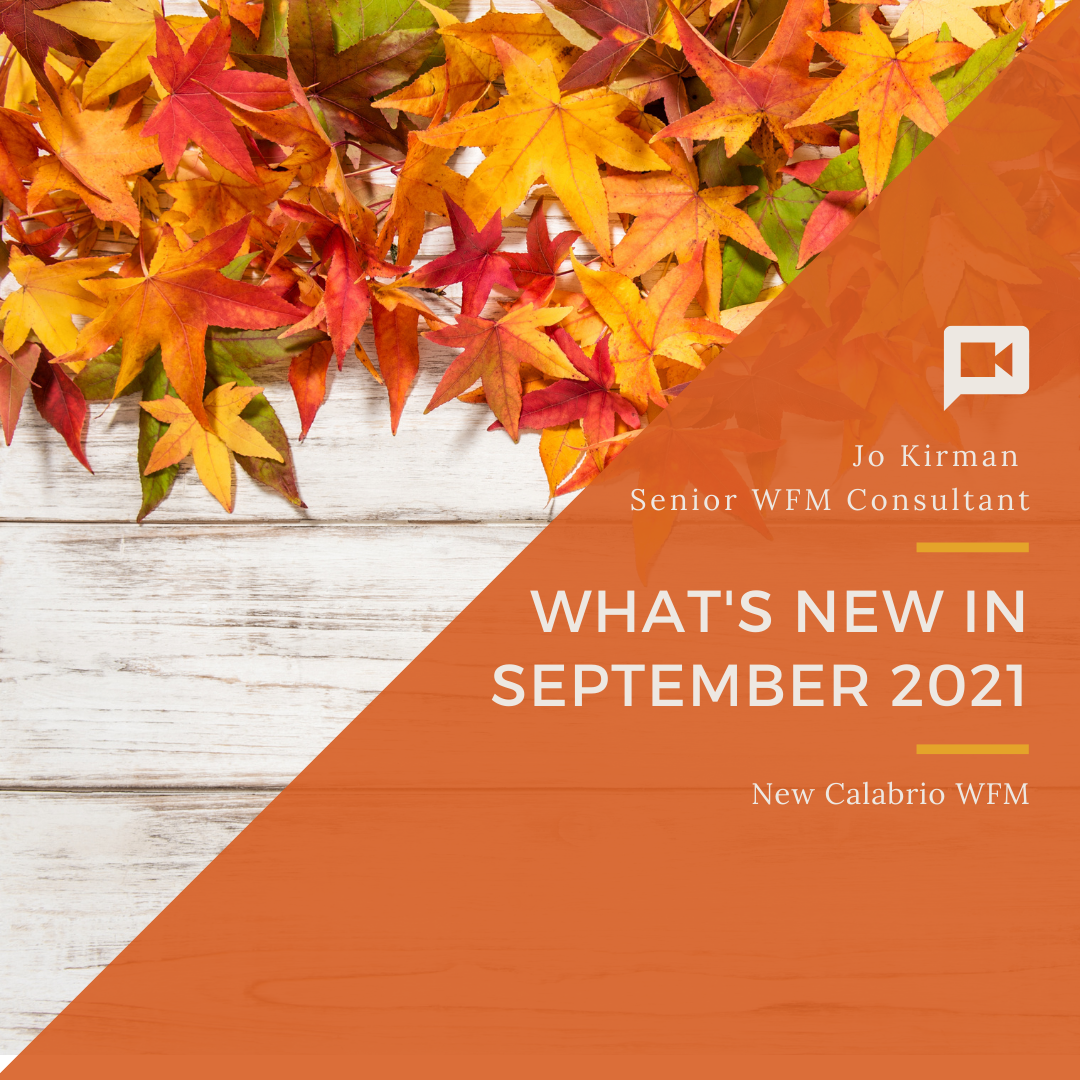Migrating to a cloud contact centre platform can be a daunting task for any organisation, especially if you are concerned about how you will be able to maintain the integrity of the data powering your connected systems so as to avoid business disruption. However, with the right software, you can migrate to the cloud while addressing these concerns.
Tracxion from QPC acts as a bridge between your existing systems, your current contact platform and the new cloud platform you are moving over to, allowing you to maintain all of your data during the migration process, ensuring that all of your systems continue to run smoothly and efficiently. This means that you won’t have to worry about losing any important information and risk reduced levels of customer service during the process.

Tracxion is designed to work seamlessly with your existing systems, allowing you to continue operating as usual while the migration takes place in the background. This is important for any organisation that relies on their systems to stay operational, as any disruption could have serious consequences.
Another key advantage of Tracxion is its ability to connect to any third-party technology. This means that you can easily integrate your cloud platform with any other systems or technologies that you use, ensuring a seamless and cohesive experience.
Tracxion also offers businesses the agility they need to adapt to changing business conditions, as it can be easily integrated into all systems without the need for costly customisations. With Tracxion, businesses can easily scale their cloud environment as needed, without having to worry about the additional costs and disruption of traditional migration methods

Having a single integration when migrating to the cloud is beneficial for businesses for several reasons:
Simplicity: A single integration point makes the migration process simpler and less complex. It eliminates the need to integrate multiple systems separately and makes it easier to manage the migration process.
Reduced Risks: With a single integration point, the risk of data loss or compromise during migration is reduced. A single integration point also reduces the risk of errors and inconsistencies in the data that can occur when multiple systems are integrated separately.
Cost Savings: Integrating multiple systems separately can be expensive, as it may require custom development or additional resources. A single integration point can save businesses money by reducing the need for additional resources and custom development.
Scalability: A single integration point allows businesses to easily scale their cloud environment as needed, without having to worry about the additional costs and disruption of traditional migration methods.
Having a single integration point when migrating to the cloud is beneficial for businesses for so many reasons. If you would like to know more, talk to one of our specialists who will be able to take you through how Tracxion can help in your migration plans.















